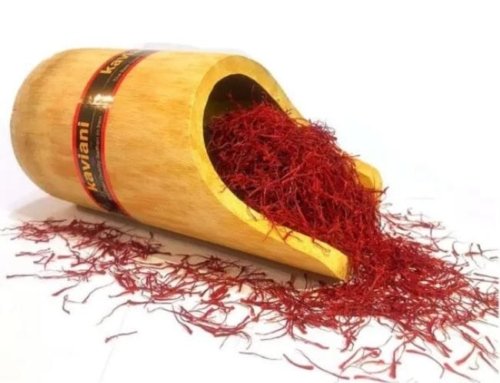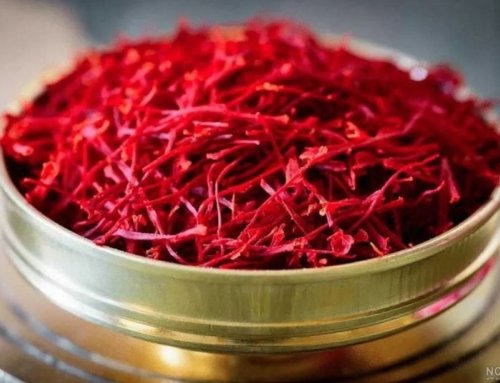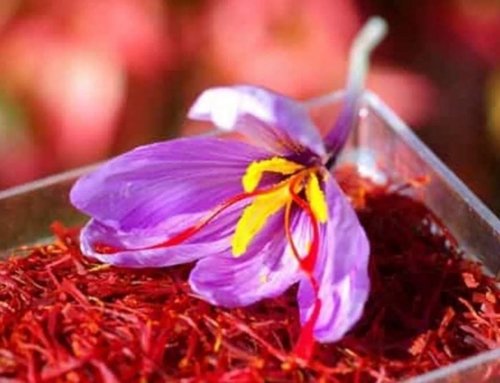 Factors Affecting Saffron Flowering: Part One
Factors Affecting Saffron Flowering: Part One
Saffron Flowering Process
Saffron, one of the most precious spices, has specific growing requirements. In this article, we will discuss several factors that influence the flowering of saffron. As the beginning of December approaches, signaling the end of the flowering season, it’s the perfect time to assess this year’s harvest and evaluate the results. Many farmers are content and pleased with their yield, while unfortunately, some have not achieved the expected results and are worried about the reasons behind the low yield.
At the end of the flowering season, it’s the right time to analyze why the harvest is not performing well. It’s essential to take advantage of this remaining period to solve any blooming issues for next year.
Assessing Factors Impacting Saffron Flowering
Saffron Flowering Process
Unfortunately, most farmers whose saffron flowering occurs late in the field assume that the cause lies in the use of low-quality fertilizers or improper fertilization from the previous year. However, many other factors also contribute to this. To better understand why the yield is low in your field, we will examine the individual factors affecting saffron flowering.
Influential Factors in Saffron Flowering
Bulb Size
Saffron Flowering Process
For saffron to flower properly, each bulb must weigh over 8 grams. If it is lighter than 8 grams, there will be no flowering, only vegetative growth. This is related to nutrition management, and if the bulbs are poorly managed, they will shrink and the yield will be significantly reduced. However, the 8-gram threshold isn’t always a strict rule; in fields with ideal conditions, especially with higher moisture levels in the summer, flowering can still occur even with bulbs weighing less than 8 grams.
Bulb Density (Planting Bulbs per Hectare)
Saffron Flowering Process
The higher the bulb density during planting, the more saffron flowers you can expect, leading to greater yields in the first few years. In two similar fields, the one with more bulbs planted will definitely produce more flowers. While proper nutrition can accelerate bulb growth and lead to a greater number of bulbs, this rule doesn’t always hold. After several years, the bulb density may become too high, leading to competition for water and nutrients, which will ultimately result in lower yields. Thus, both too few and too many bulbs can reduce saffron flowering.
Bulb Depth
Saffron Flowering Process
The parent bulb, which blooms in the first year, eventually withers in February, giving way to a new daughter bulb that forms at a higher level in the soil each year. This causes bulbs to gradually rise towards the surface, reducing the planting depth over time. For example, if you plant at 25 centimeters depth, after five years, the bulbs may only be at 20 centimeters. This situation increases the environmental stresses, such as temperature extremes and reduced moisture, negatively impacting flowering. The ideal depth depends on the soil type: in sandy soils, the depth should be between 20 and 25 centimeters, and in clay soils, it should be between 15 and 20 centimeters. Any deviation from this depth can reduce flowering and yield.
Contaminated Bulbs
Bulbs must be healthy. Mites and fungal infections are major reasons for poor flowering. Be sure to regularly check your bulbs and have a specialist assess them for any signs of pests or disease.
Soil Type
In years with high temperatures, clayey soils outperform sandy and lighter soils. This is because clay soils retain moisture better around the bulbs, reducing the impact of heat in the summer, thereby improving flowering. Saffron management in these two soil types is significantly different and requires customized irrigation, fertilization, and cultivation techniques. For saffron, the best soil is one that is neither too clayey nor too sandy.
Conclusion: Part One
We’ve discussed key factors affecting saffron flowering and how these can influence the success of your saffron crops. For the next growing season, analyzing and managing these factors correctly will increase your chances of better blooming and higher yields. Stay tuned for Part Two of this article, where we’ll delve into further aspects of saffron growth.


![Exporting Saffron to Turkey + Price Guide [Complete 0 to 100]](https://www.rowhanisaffron.com/wp-content/uploads/f1-372-500x383.jpg)




Get Social